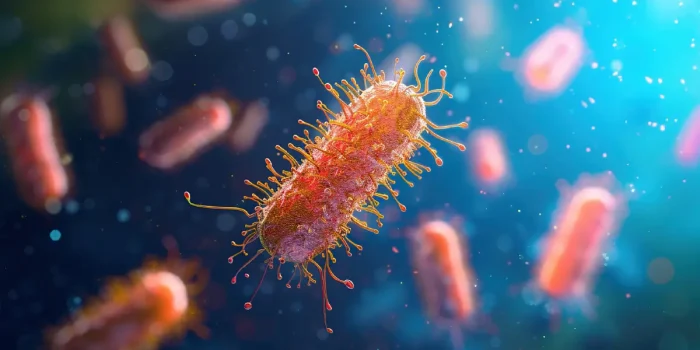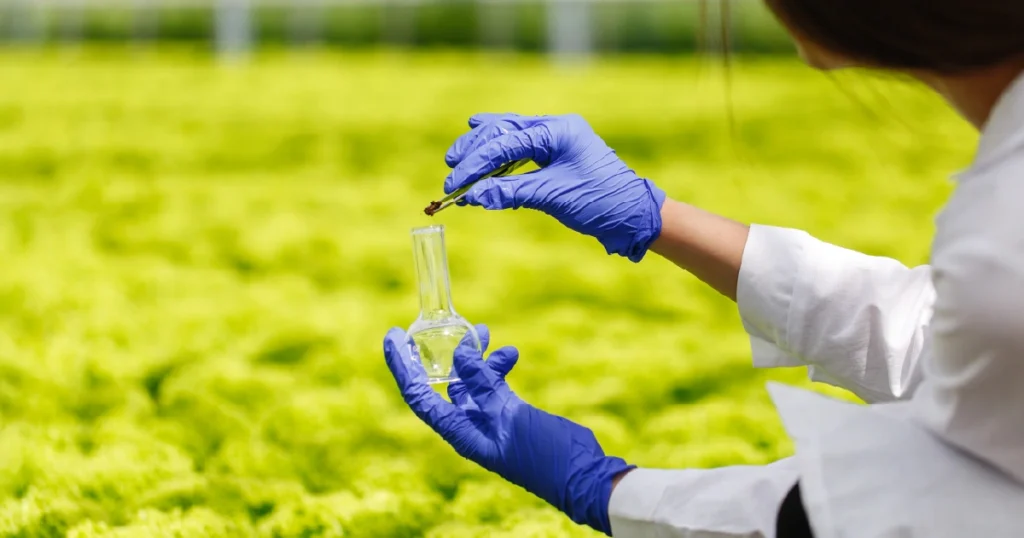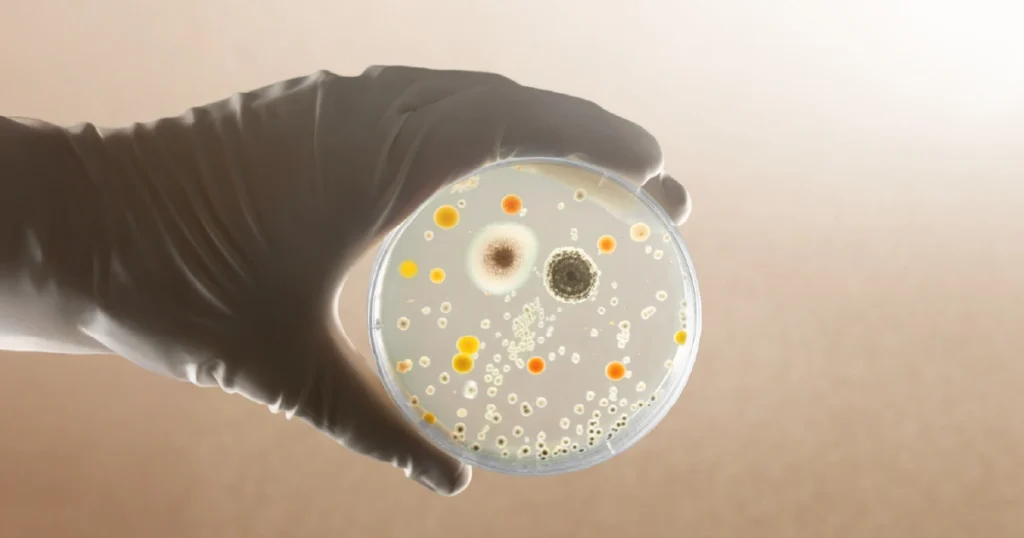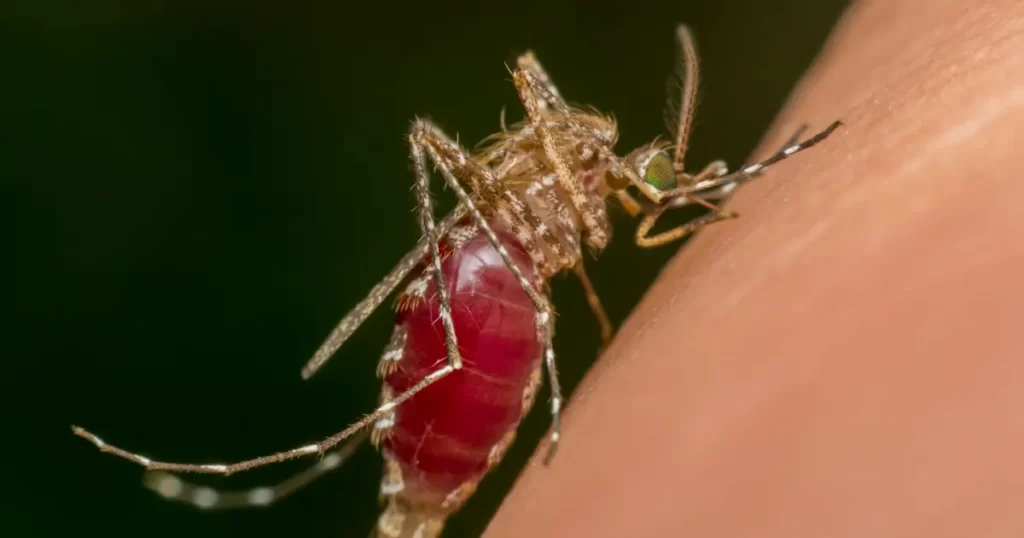Introduction
Few medical breakthroughs have shaped humanity as profoundly as antibiotics. Once considered miracle cures, they transformed deadly infections into treatable conditions and opened the door to modern medicine. Yet this success story is now under threat. A rising wave of antimicrobial resistance—often called the Antimicrobial Resistance Crisis—risks undoing decades of progress.
Microbes are adapting faster than science can keep up. As bacteria, viruses, and fungi evolve, even minor infections may become dangerous again. Meanwhile, superbugs—microorganisms resistant to multiple drugs—are spreading through hospitals, farms, and water systems, placing enormous pressure on healthcare and policy systems alike.
How did resistance escalate so quickly, and what must we do next to stop it?
The Silent Evolution of Resistance
Antimicrobial resistance is not new; it represents evolution in rapid motion. Unfortunately, human behavior has dramatically accelerated the process. Whenever antibiotics are used unnecessarily, bacteria gain another opportunity to adapt. Over time, they exchange resistance genes, move between hosts, and become increasingly difficult to eliminate.
According to the World Health Organization (WHO), resistant infections directly cause 1.27 million deaths each year and contribute to millions of additional deaths worldwide [1]. Projections are even more alarming. By 2050, AMR could claim 10 million lives annually, surpassing cancer as one of the world’s leading causes of mortality [2].
Drug-resistant pathogens such as Klebsiella pneumoniae, MRSA, and Acinetobacter baumannii now withstand most available treatments. In several hospitals, even last-resort antibiotics are beginning to fail—a scenario once unimaginable.
How Superbugs Spread
The Antimicrobial Resistance Crisis spreads through many interconnected systems, not just hospitals. Several major pathways allow resistant microbes to move freely:
- Healthcare settings: Overprescription and gaps in infection control create conditions where resistance thrives.
- Agriculture: Antibiotics used for growth promotion in livestock foster resistant strains that enter the food chain.
- Environment: Wastewater, pharmaceutical runoff, and contaminated soil spread resistance genes through ecosystems.
- Global movement: Travel, trade, and migration allow resistant microbes to pass rapidly across borders.
Together, these pathways illustrate a single reality: AMR affects humans, animals, and ecosystems simultaneously. The challenge is inherently interconnected.
Human and Economic Costs
The consequences of AMR extend well beyond acute medical emergencies. Without effective antibiotics, routine procedures—such as childbirth, dental surgery, and cancer treatment—become significantly riskier. Infections that were once easily treatable may again lead to severe complications or death.
Economically, the burden is immense. The World Bank estimates that AMR could reduce global GDP by 3.8% by 2050, pushing an additional 24 million people into extreme poverty [3]. Health systems already experience rising costs due to prolonged hospital stays, expensive second-line treatments, and increased research demands.
As a result, AMR threatens not only individual health but also global stability and socioeconomic progress.
Science and Innovation: A Race Against Time
Despite these challenges, scientific innovation continues to offer hope. Artificial intelligence now helps predict resistance patterns and guide clinical decisions with increasing accuracy [4]. Genomic sequencing detects emerging resistance genes early, reducing the chance of silent spread. Researchers are also developing bacteriophage therapies, targeted antimicrobials, and next-generation antibiotic classes.
Even with these advancements, technology alone cannot solve the crisis. Effective regulation, responsible antibiotic use, and equitable access remain essential. Science provides powerful new tools, but long-term stewardship will determine whether they remain effective.
A One Health Approach
Addressing AMR requires coordination across human, animal, and environmental health sectors. Each domain influences the others, and solutions in one area often depend on progress in another.
Healthcare systems can strengthen infection-control practices, improve sanitation, and promote targeted antibiotic prescribing. Meanwhile, agricultural sectors can reduce antibiotic use for growth promotion and adopt more sustainable livestock-management practices. Environmental agencies play a key role by regulating pharmaceutical waste and monitoring water contamination.
A coordinated One Health approach brings clinicians, veterinarians, policymakers, farmers, environmental experts, and researchers together. Through shared planning and integrated response systems, this model transforms fragmented efforts into a unified global defense. AMR is not only a medical issue—it is ecological, social, and systemic.
Conclusion
The Antimicrobial Resistance Crisis stands as one of the greatest tests of global cooperation. Superbugs remind us that evolution never slows down, and therefore, our vigilance cannot either.
Through coordinated One Health action, responsible antibiotic use, and sustained scientific investment, we can protect both current and future generations. Antibiotics transformed the world once; with collective responsibility, they can continue safeguarding human health for decades to come.
References
- World Health Organization (WHO), 2023. Global Antimicrobial Resistance and Use Surveillance System (GLASS) Report 2023. Geneva: WHO. Available at: https://www.who.int/initiatives/glass
- O’Neill, J., 2016. Tackling Drug-Resistant Infections Globally: Final Report and Recommendations. London: HM Government. Available at: https://amr-review.org/sites/default/files/160518_Final%20paper_
with%20cover.pdf - World Bank, 2017. Drug-Resistant Infections: A Threat to Our Economic Future. Washington, DC: World Bank Group. Available at: https://documents.worldbank.org/en/publication/documents-reports/documentdetail/323311493396993758/final-report
- Rawson, T.M., Ahmad, R., Toumazou, C., Georgiou, P., Holmes, A.H. and Cass, A.E.G., 2021. Artificial intelligence and antimicrobial stewardship: advancing precision in infection management. Nature Microbiology, 6, pp.1446–1456. Available at: https://pubmed.ncbi.nlm.nih.gov/34489546/













